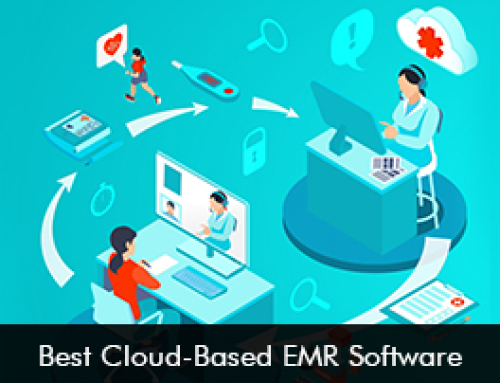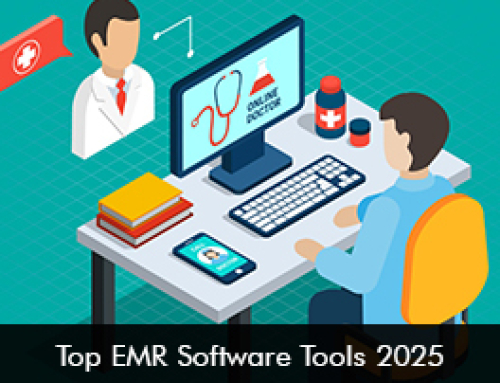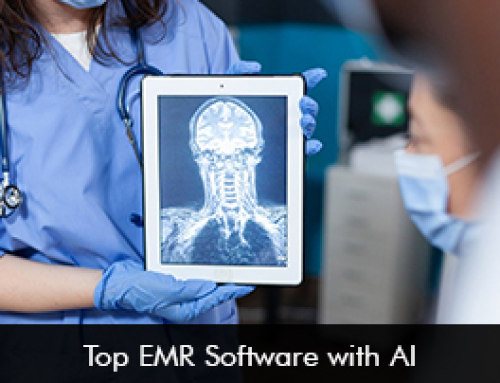The financial health of practice is very important and ensures steady cash flow. To stay competitive many healthcare organizations have deployed a Revenue Cycle Management (RCM) Software solution to streamline and automate tedious medical billing and financial tasks. When using RCM software practices can make way for quick payments, swift patient communication, and efficient billing systems.
Steps involved in the revenue cycle management process
The most common steps involved in the revenue cycle management process include,
- Pre-billing
- Billing
- Claims submission
- Insurance verification
- Eligibility determination
- Claim adjudication
- Payment posting
- A/R management
- Financial Reporting
Medical practices should consider an RCM software solution that seamlessly integrates with the hospital’s IT solutions and support the relationship between the practice, insurance companies, and payers.
Benefits of using a revenue cycle management software
When practices deploy a revenue cycle management (RCM) solution the following advantages can be reaped which can keep practices profitable and even keep patients satisfied.
- The billing processes are streamlined which improves the overall patient experience.
- The greatest upside of using RCM software is that it helps to enhance billing and collection cycles.
- Reduce the administrative burden.
- Decrease the issue of denied claims.
Top 5 features in RCM software system
To make things easy, in this blog we have jotted down the 5 key features that are present in a good revenue cycle management software to streamline end-to-end financial tasks.
- On the cloud – The best RCM software choice for any size of practice will be to consider a cloud-based solution for medical billing. The IT department can be at peace since they don’t have to care about the server space required to store and access the revenue cycle management data. On the cloud software will ensure that all data can be viewed in the archive with secure online backups. Physicians don’t have to fear losing important patient information.
- Claims submission at the highest value – Healthcare providers want to invest in RCM software solutions that can submit claims at the highest value. This is the most effective way to increase reimbursement.
- Eligibility verification – It can consume a lot of time for staff members to verify patients’ insurance eligibility. With RCM software it becomes simple to manage online data transactions and streamline everyday eligibility inquiries, saving staff time. The advanced technology of the software solution help in checking prior authorization.
- Claim tracking and correction – A robust RCM software can track submitted claims in real-time to check their status. So if any issue occurs when the claim is submitted it can be taken care of as the staff can quickly edit and resubmit the denials in the software system,
- Proactive denial alerts – The claim denial rate can be eliminated when the RCM software offers denial alerts. This powerful feature enables staff members to quickly respond to any alert and edit and resubmit the claim.








